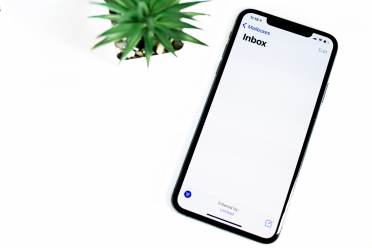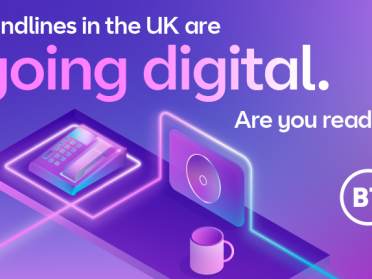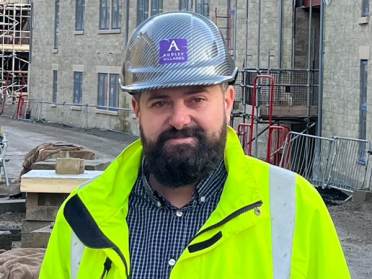The future of the Web: Web1, Web2, and Web3
First, we talked about the evolution of the web, from Web 1.0 to Web 2.0 to the emerging Web 3.0. We explained how the web is becoming more interactive and personalised, and how businesses can use these changes to their advantage.
Web1 was the first version of the web, where users were passive consumers of content. Companies and individuals built static, HTML based websites that basically spoke to their audience (think standard blogs) and informed them rather than engaging with them.
Web2 marked a significant shift in the way people interacted with the internet. Instead of just consuming information, users were able to actively participate in creating and sharing content. Social media platforms like Facebook, Twitter, and Instagram emerged, providing users with an avenue to share their thoughts, photos, and videos with their friends and followers. The rise of Web2 also gave birth to new technologies and innovations such as cloud computing, mobile devices, and big data analytics.
Web3 is poised to be the next big thing in the evolution of the internet, offering users even more control over their online experiences. At the heart of Web3 is blockchain technology, which provides a decentralised, secure, and transparent way for people to interact and exchange information without the need for intermediaries. With Web3, users will have more ownership over their data and interactions online, which means they can decide who gets access to their information and how it is used. This is a significant departure from the current model, where tech companies often have free rein to collect and monetise user data without much accountability.






































